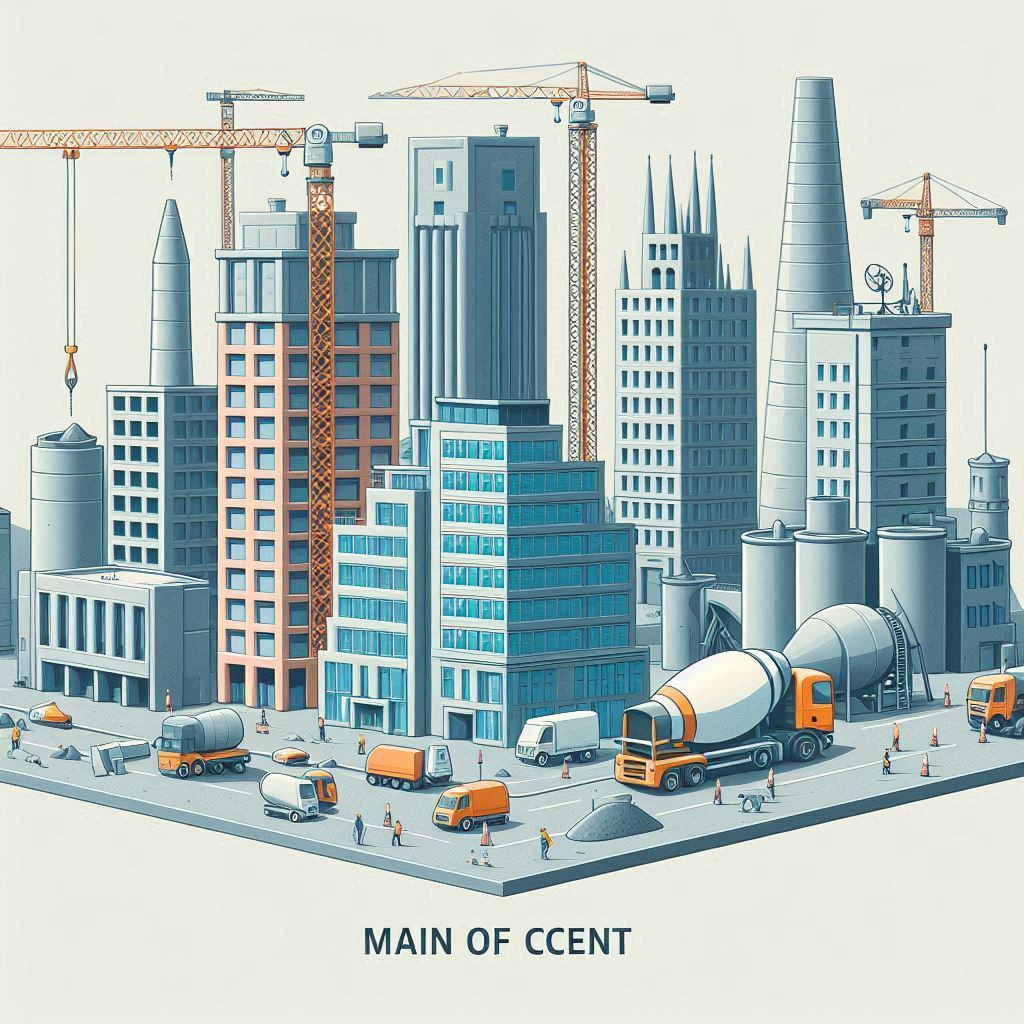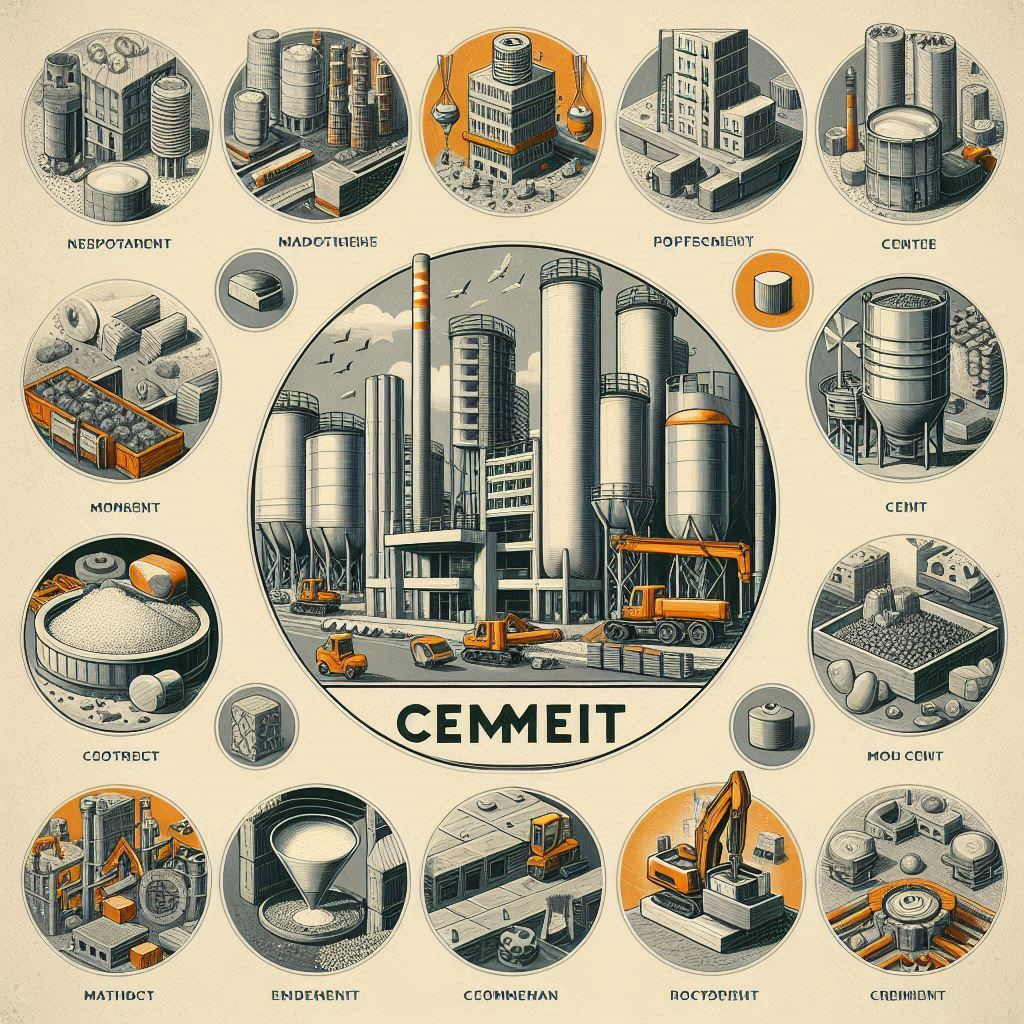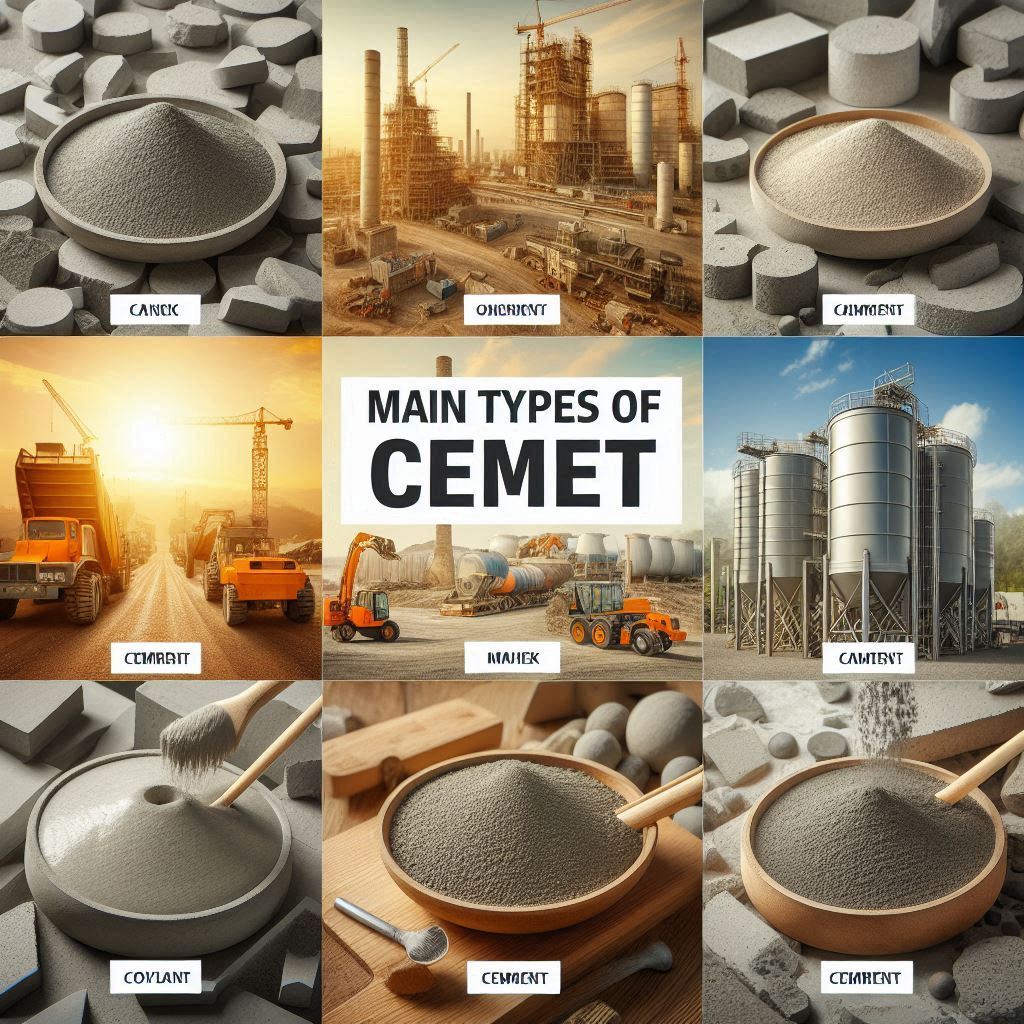Cement is a gray powder consisting of crushed and baked with the addition of clay of certain types of rocks and lime. If the powder is mixed with water, a cement mixture is obtained that can be used immediately. Cement can be obtained from clinker, gypsum, limestone and other materials. Technical characteristics, properties and scope of application of raw materials depend on the composition used by the manufacturer.

Types of cement by brand
On packages with cement, manufacturers indicate in letters and numbers information about the composition and basic characteristics. The marking of cement according to GOST is established: the first letters indicate the type of mixture: PC, SPC, BC, WCC and others (below is a detailed description of each type). This data helps the consumer determine:
- permissible load on concrete;
- what additives were used by the manufacturer, and in what ratio.
Abbreviations are indicated after the first two letters: B-fast hardening material, SS-sulfate-resistant, WCC-waterproof, and others.
| Reduction | Decoding |
|---|---|
| pk | Portland cement mix |
| SS | Sulfate-resistant mixture |
| ŠPC | Slagoportlandtsementny mix |
| VRC | Waterproof blend |
| e | White cement mix |
| pl | Plasticized mixture |
When various additives are added, the cement gets additional characteristics: it hardens quickly, is not susceptible to the effects of seawater, frost resistance, hydrophobicity. Depending on the percentage of the main components and additives, the degree of grinding, the material is classified by brand, type, and other characteristics. Each type of cement has its own purpose and is used in accordance with certain conditions. For example, the brand of cement is indicated by an M and a number. M400 means that the finished mixture can withstand a load of 400kg / .

| Concrete marking | Application | Cement consumption in kg per cubic meter of concrete |
|---|---|---|
| M100 | Minimum strength grade. It is used for concreting road curbs and fences. | 165 |
| M200 | Used for floor screed, it is also suitable for pouring foundations. | 240 |
| M300 | Concrete of a wide range of applications-for construction of general-purpose objects, foundation pouring. | 320 |
| M400 | Elements subject to high loads: bridge structures that carry supports on overpasses. | 417 |

Types of cement by technical characteristics and their application
Cement, as well as the concrete and reinforced concrete produced from it, are common building materials. Today, Portland cement derived from cement is in great demand. Cement types are not limited to the names listed above. Manufacturers have developed special types of cements that use all kinds of impurities:
- Fast-setting Portland cement (BTS) is characterized by strength already at the initial stage of curing. Manufacturers produce the mortar by regulating the mineral composition of Portland cement clinker of delicate grinding. The cement mixture, which has a high content of 3-calcium silicate and 3-calcium aluminate (at least 60%), has fast-setting properties. At the same time, C3Sshouldleast 50-52%, and C3A–8-10%. In order to reduce the curing time, manufacturers add active mineral impurities to the combination, but their percentage value should not exceed 10. if we talk about granular slags characterized by high viscous properties, then 15% is allowed. According to state standards GOST 10178-85, fast-hardening Portland cement after 3 days of drying has a tensile strength of at least 40 kg / , a high level of frost resistance and a speed of strength gain, but at the same time low sulfate resistance. Manufacturers recommend using raw materials in the creation of reinforced concrete structures, monolithic or prefabricated structures.
- Special fast-setting cement is made from clinker and gypsum (about 3-5%). It is allowed to use grain blast furnace slag and natural mineral additives (no more than 5%). Gypsum cement is characterized by high strength, so it is used in the construction of monolithic and precast reinforced concrete structures.
- High-strength Portland cement (HPC) acquires a compressive strength of 600 kgf/ . It is also worth considering that when using raw materials, its consumption decreases, as does the weight of the structure. The material is indispensable for creating monolithic and precast concrete products. It is possible to use cement in specific operating conditions (in case of aggressive action on the structure).
- Slagoportlandtsement and pozzolanovy portlandtsement concedes in durability to standard portlandtsement therefore material qualifies as M200, 300, 400, 500. According to state standards, the content of active mineral pellets is regulated by the mass of cement (gypsum is not more than 3-5%, and blast furnace slag). Additives of volcanic origin should be no more than 40%, sedimentary origin, such as trepel, flask, diatomites-no more than 30%. This type of cement allows you to replace the most expensive part of the solution with a natural additive or industrial waste, so the cost of cement is significantly reduced. But this does not mean that the quality of the material is getting worse. This type of cement has a high level of water resistance, low level of thermal conductivity, which is very important for the construction of powerful structures made of concrete. It is recommended to use the material in conditions of alternating moistening and drying.
- Sulfate-resistant Portland cement has a high resistance in sulfate liquid (no more than 50%), so it is used in the construction of structures in water. No mineral components are added to the solution to prevent frost resistance.
- Portland cement with moderate exothermy is used in the construction of massive structures. The composition of the material regulates the ratio of heating and cooling of air masses, which helps to avoid cracks.
- Plasticized Portland cement contains surface-active additives (superconcentrates of sulfite-alcohol composition-SDB). Their ratio does not exceed the parameters of 0.15-0.25% of the total mass of dry cement. The material is characterized by elasticity, which makes it easier to lay out. It is not recommended to use the material in the production of foam concrete or other solid compounds.
- White Portland cement contains additives of manganese and iron oxides, so it initially has a grayish-green color. The use of white clay, kaolin, limestone helps to achieve a white color. The material is used for surface treatment.
- Hydrophobic Portland cement (GOST 10178-85) contains acidol-mylonafta, oleic acid and other additives. The material has a low level of hygroscopicity, so it can be moved over long distances while maintaining its technical characteristics. Cement mortar is widely used in the production of road surfaces for cars and airplanes. It is not recommended to use in foam concrete.
- Road Portland cement is used for the construction of road surfaces. The selection of concrete composition is based on the requirements for the working environment and the concrete road surface in general. Cement is characterized by frost resistance, withstands heavy loads, and has impact strength. The concrete grade should not be less than M400. According to state standards, no additives are added to the solution, since they have a destructive effect during operation. Setting of the solution occurs 2 hours after laying.
- Sandy Portland cement manufacturers produce by combining cement mortar, gypsum and quartz sand (about 40%). The material has a reduced heat release during hydration.

All types of cement additives add additional characteristics to the mortar. Their number and percentage are strictly regulated.